At Paris Photo, a new wave of photographers are shedding light on the unseen
Curiosa curator Osei Bonsu opens up about his special showcase of 14 emerging artists – plus more highlights from the French photography fair
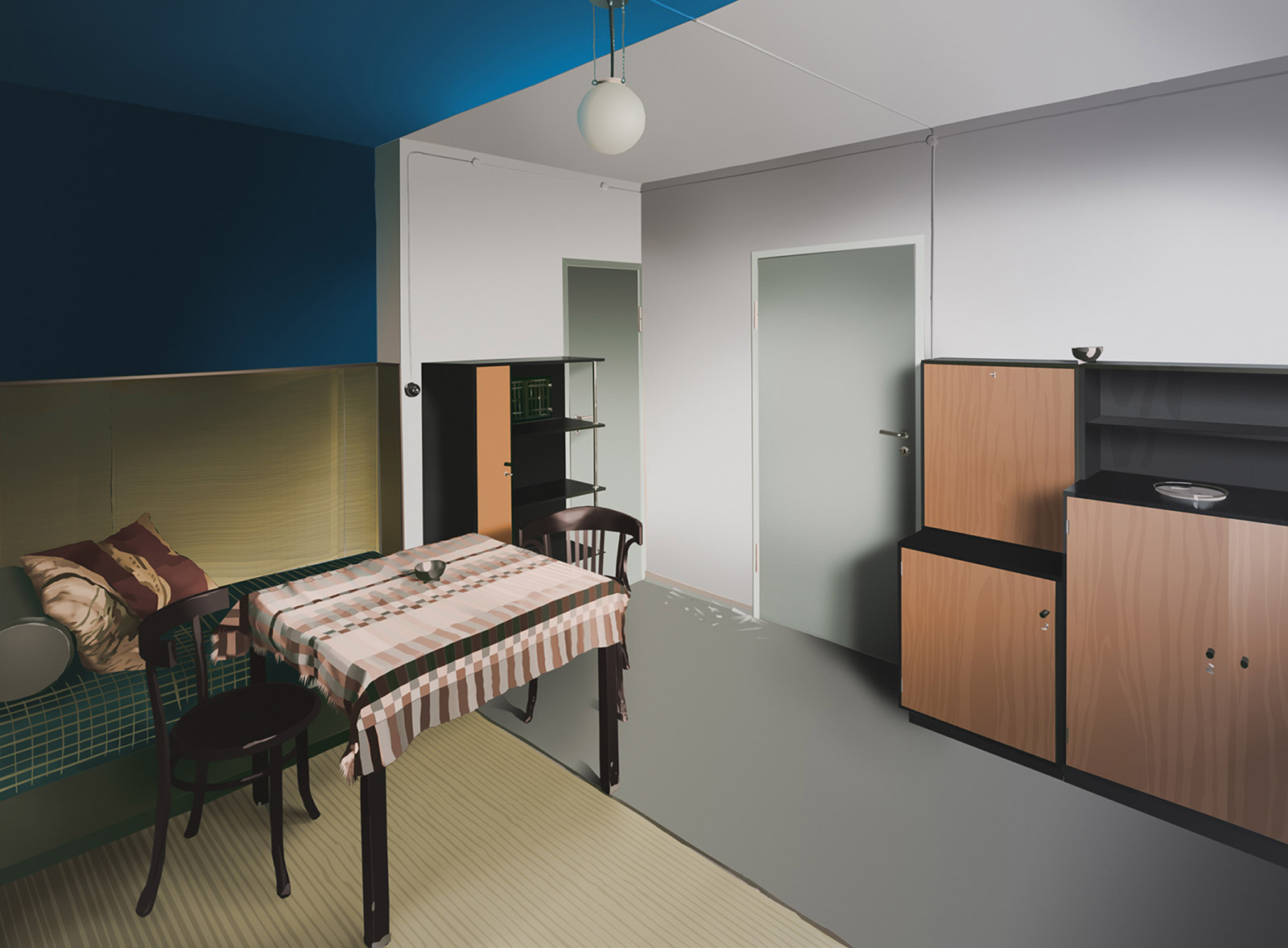
‘Visibility’ is the buzzword of the contemporary art world this year, but what we get to see and how we see it isn’t quite as straightforward as we might think. Photography is the medium we expect to make the world visible – since its invention, the camera has had a habit of showing us everything, for better or worse, from foreign landscapes and cultures to the insides of our bodies.
But in recent years, it’s become clear that we haven’t been getting the full picture. Colonialism, racism, sexism and classism have all affected photography over the last century, and it’s only now that artists are beginning to get critical about the camera’s role in the world. What has remained unseen, and why, is something a new wave of photographers are increasingly becoming interested in, as this year’s edition of Paris Photo proves.
The dichotomy between the visible and invisible, what gets seen and what doesn’t, is the starting premise for Osei Bonsu’s Curiosa at Paris Photo 2019, the second year the fair has invited a curator to organise this special section. Bonsu has chosen 14 photographers who aren’t well known and whose subversions are subtle, eschewing the idea that art should have a political use value, but rather that ‘there’s something inherently political about making something visible’, he says.
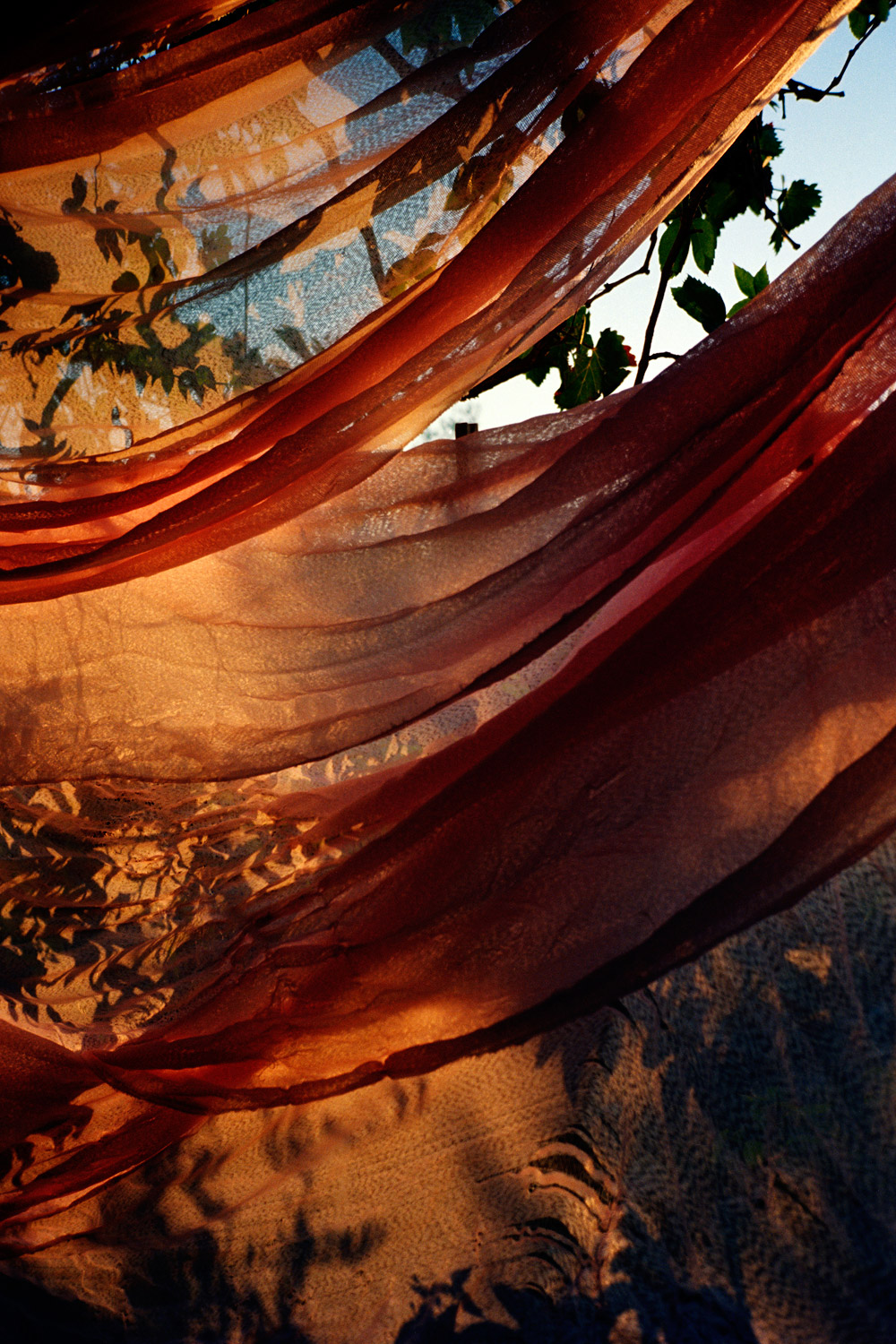
SANS-TITRE, MOISSON ROUGE, 2019, by Marguerite Bornhauser. © The artist. Courtesy of Galerie Madé
‘Photographers nowadays are not necessarily interested in categorisation,’ Bonsu explains. ‘I think these artists are interested in the sensitivities of the medium.’ The 27-year-old curator, recently appointed by the Tate Modern as Curator of International Art, has selected artists who deal with aspects of ‘visibility’, but confound our expectations of what that means.
Havana-born photographer Leandro Feal (represented by Cibrián) gives us iconoclastic snapshots of contemporary Cuba – no ruin porn or vintage cars in sight. Feal shares a non-linear, inconclusive way of presenting photographs with Marguerite Bornhauser (Galerie Madé), who is known for her sumptuous, rich cibachrome prints. The Parisian photographer gives us fragments, lined-up suggestively but ultimately offering no concrete story, turning the photograph into something less certain and more intuitively felt.
RELATED STORY
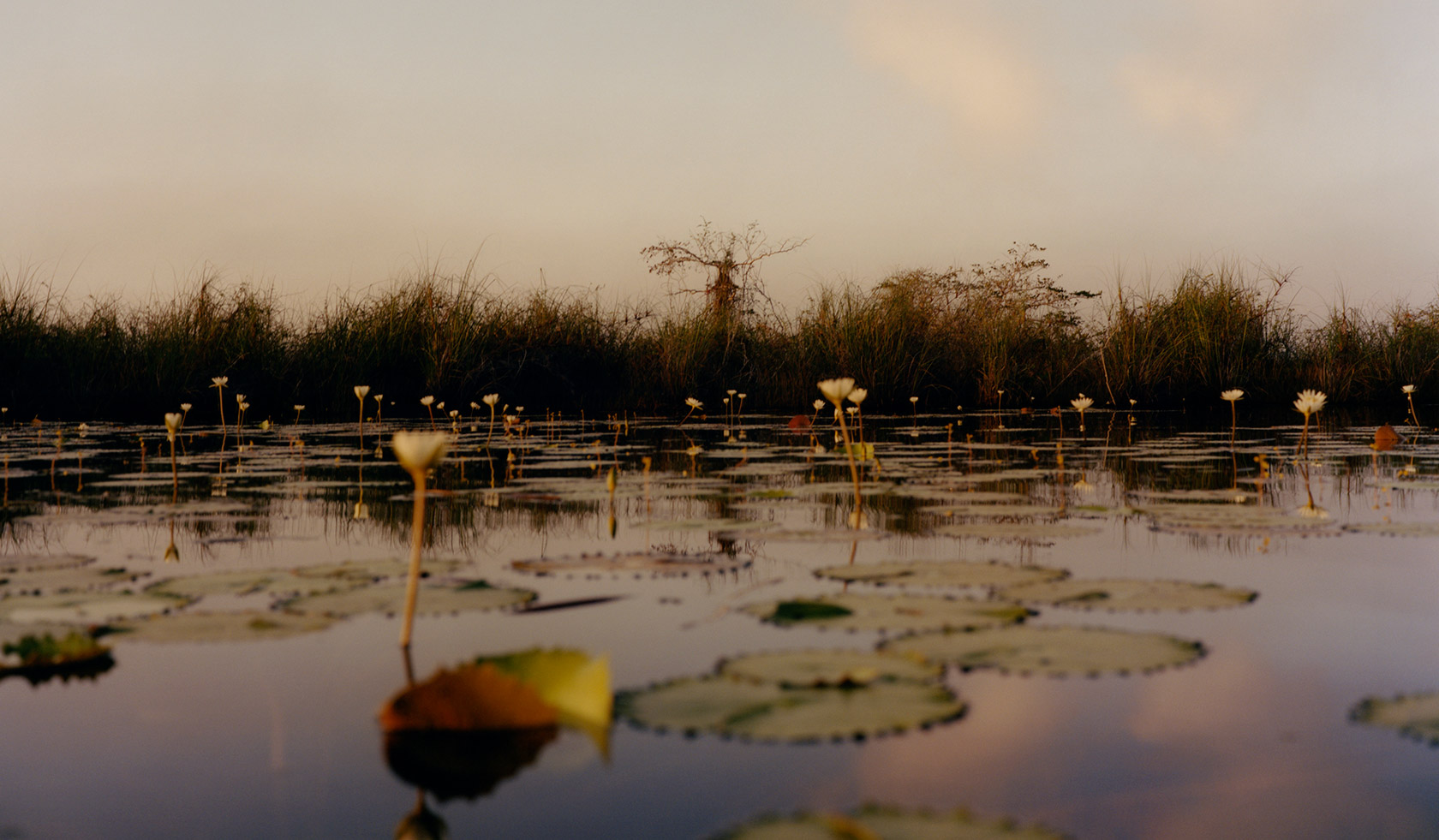
Photography can be, in the digital age, a compulsive and frenetic viewing experience, rather than the art of observation. Veering away from representation seems wise given how problematic that has often turned out to be. Elsewhere, images can be traced in dust, ash, paper and glass, used by artists to complicate ways of seeing the source and hint at the fragility of looking.
For Roman Moriceau, presented by Galerie Derouillon, luxurious large-scale close-up plant pictures seem to romanticise exotic plants, but in fact hint at colonialism. Shot at a botanical garden in Belgium, they are ultimately artificial representations, printed with glittering copper, making a link with the major profit-maker for Belgian colonial traders in the past in what is now the Democratic Republic of the Congo. ‘Undergirding these beautiful works is a much more sinister history,’ Bonsu explains.
As you exit Curiosa, the smell of film burning hits the back of your nostrils – a work by experimental artist and filmmaker Andrés Denegri (Rolf Art) that creates and destroys a roll of images of the Argentinian flag. Smoke follows you on your way out – as far as an art fair goes, it’s a bold and urgent statement about the need for change and new ways of seeing.
More highlights from Paris Photo 2019

Drosera toakaiensis, 2019, by Richard Mosse. Courtesy of the artist and Carlier Gebauer, Berlin/Madrid
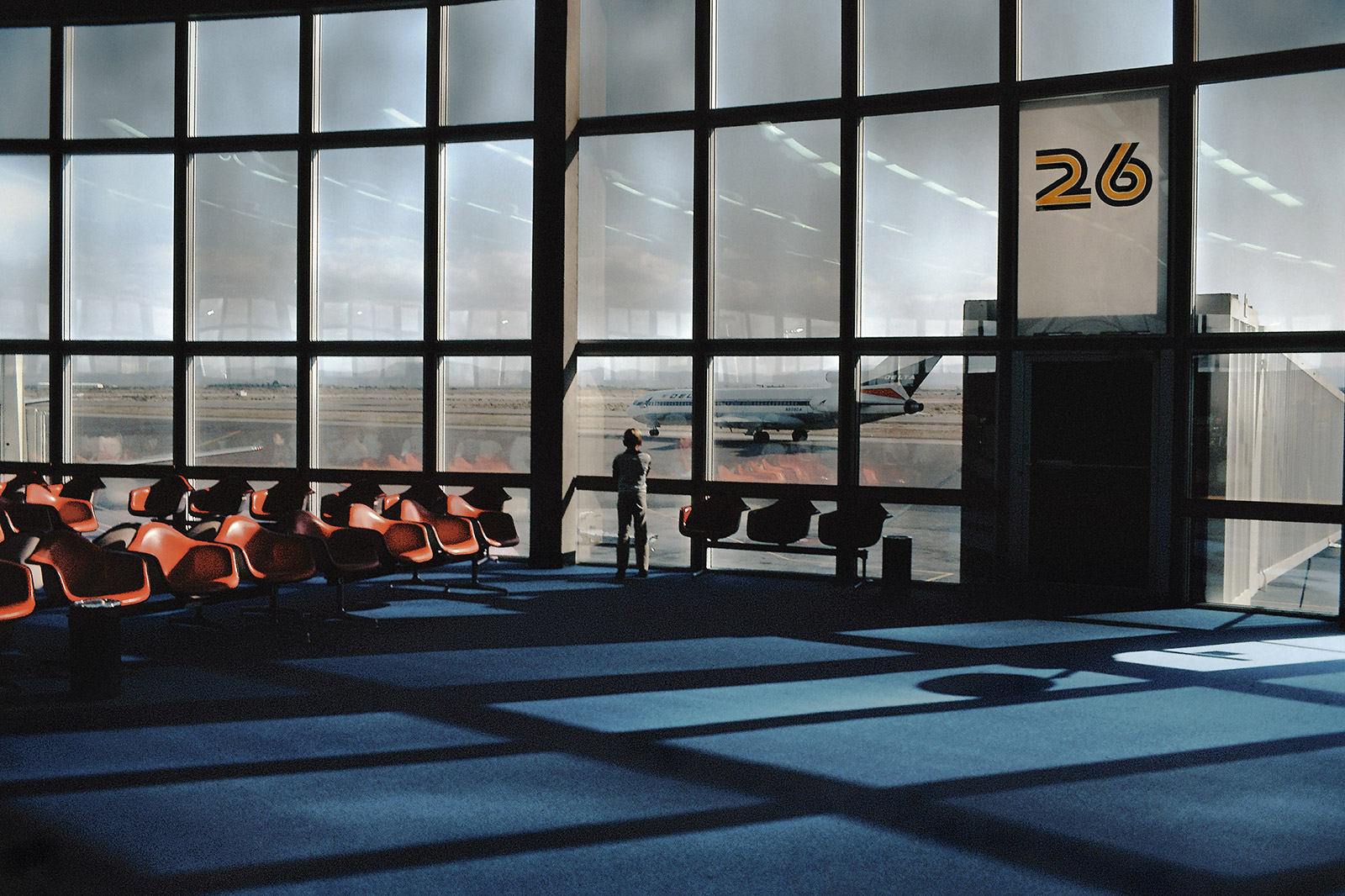
USA, Las Vegas International airport, 1982, by Harry Gruyaert. © The artist. Courtesy Gallery of Fifty One
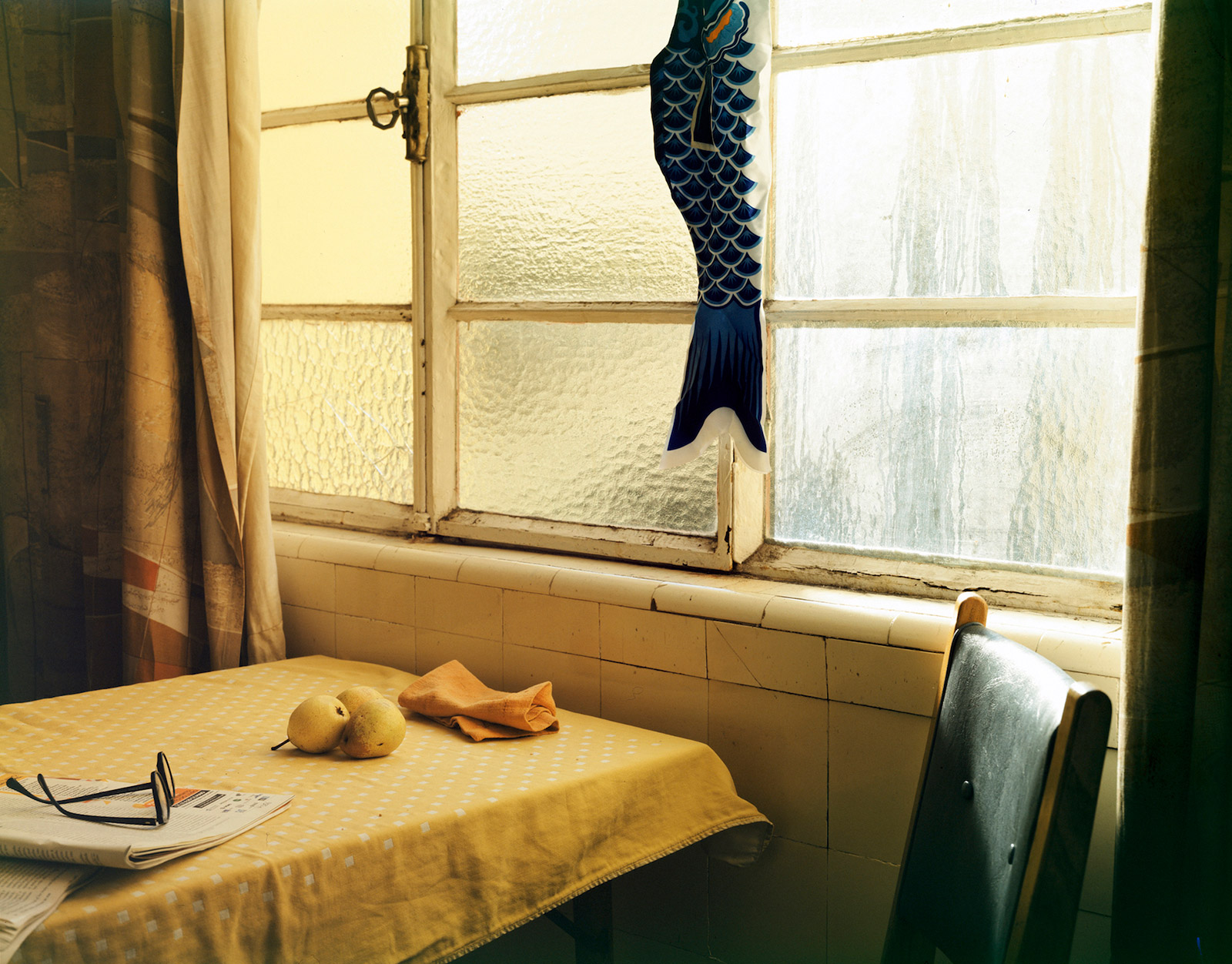
Koinobori, 2019, by Daniel Blaufuks, from ongoing project Attempting Exhaustion. © Courtesy of the artist and Jean-Kenta Gauthier

Toiletpaper 18, 2019, by Maurizio Cattelan. Courtesy of Toiletpaper/Damiani
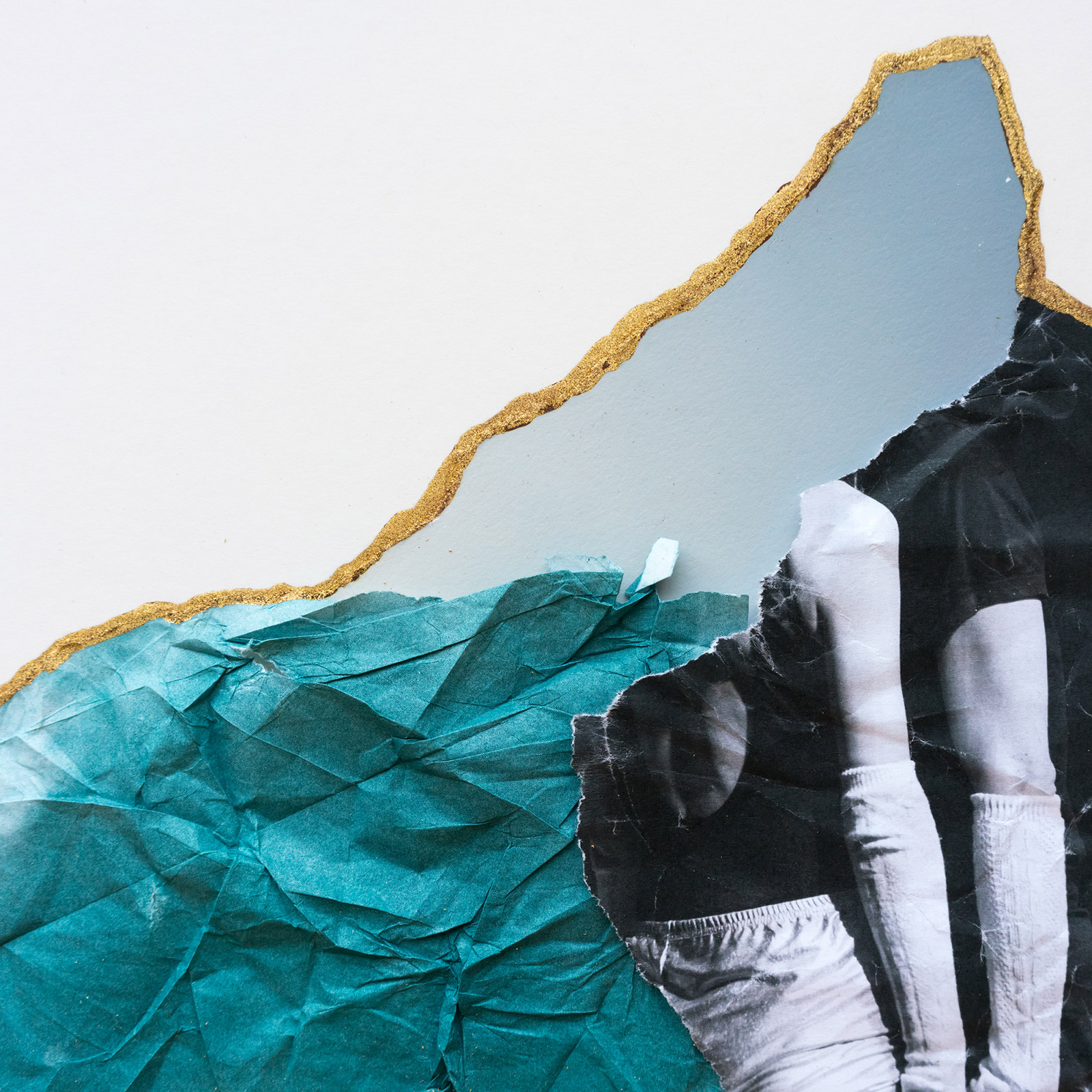
Ecotone 1, 2019, by K Morvarid. © Fisheye Gallery

Madame Victoire, 2019, by Viviane Sassen. © Viviane Sassen. Courtesy of Stevenson, Cape Town

In Veneto, 2019, by Guido Guidi. Courtesy the artist and MACK
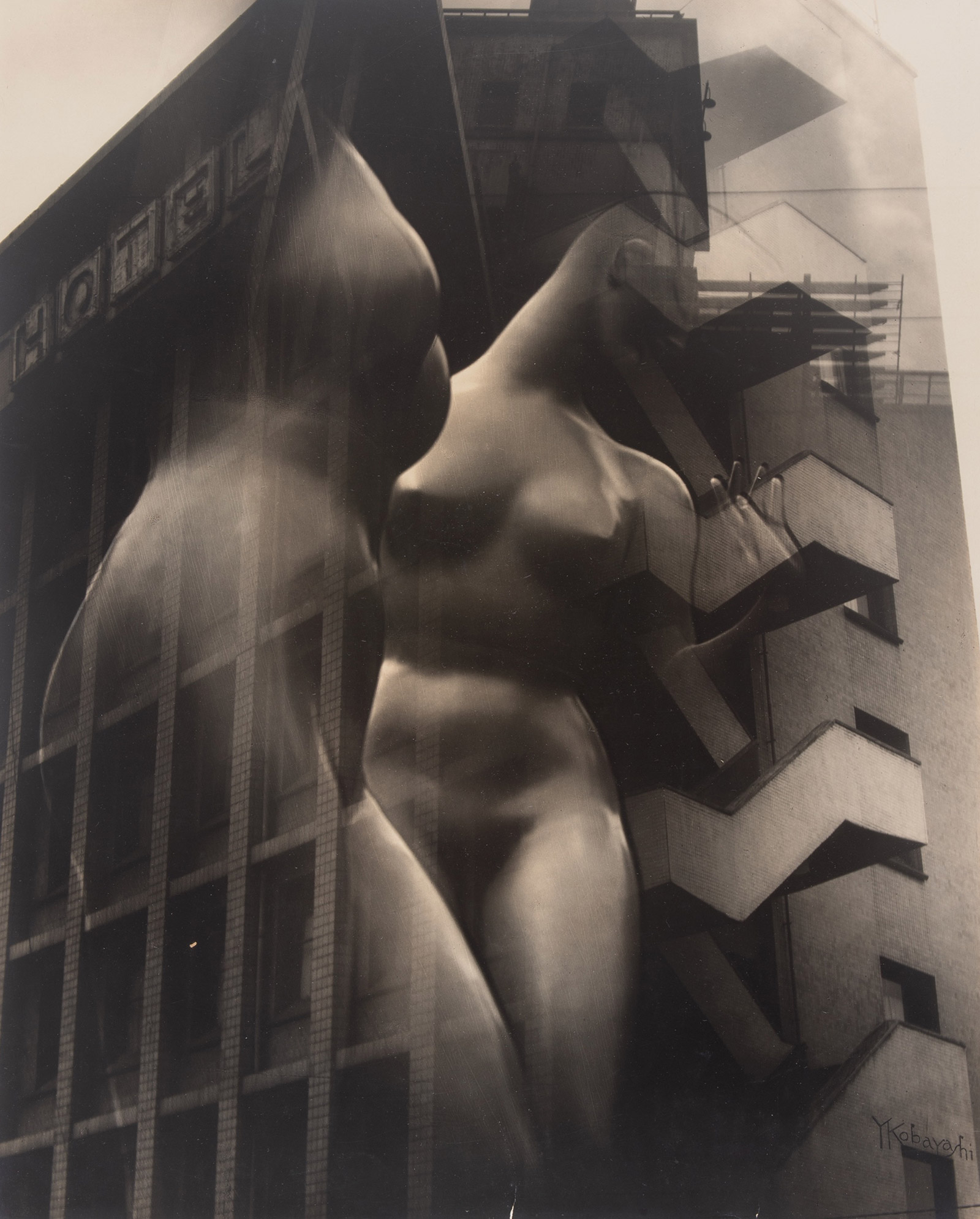
fantasia, 1948, by Yūshi Kobayashi. Courtesy of Toshifumi Kobayashi and MEM, Tokyo
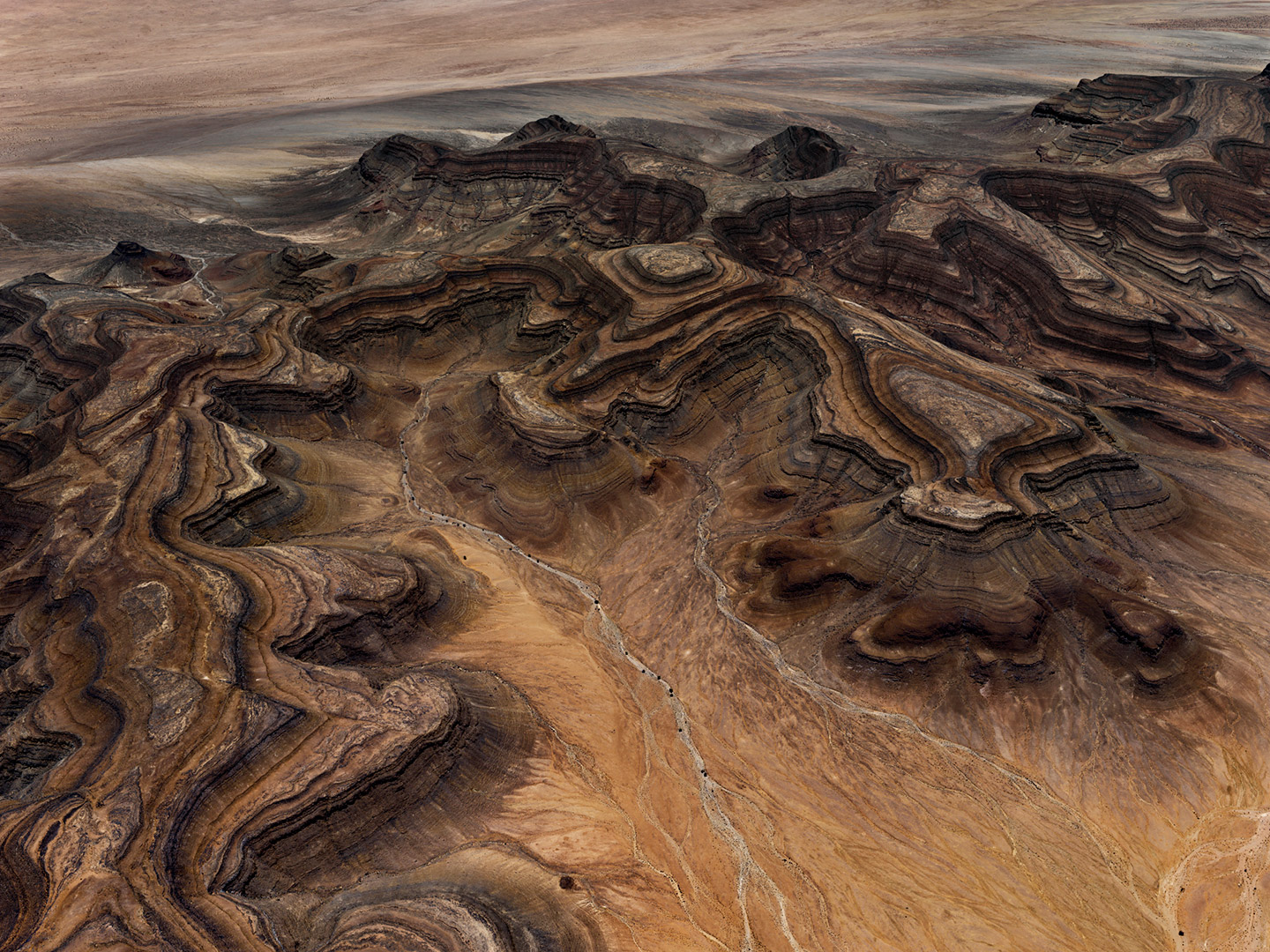
Tsaus Mountains #1, Sperrgebiet, Namibia, 2018, by Edward Burtynsky. Courtesy of Nicholas Metivier Gallery, Toronto
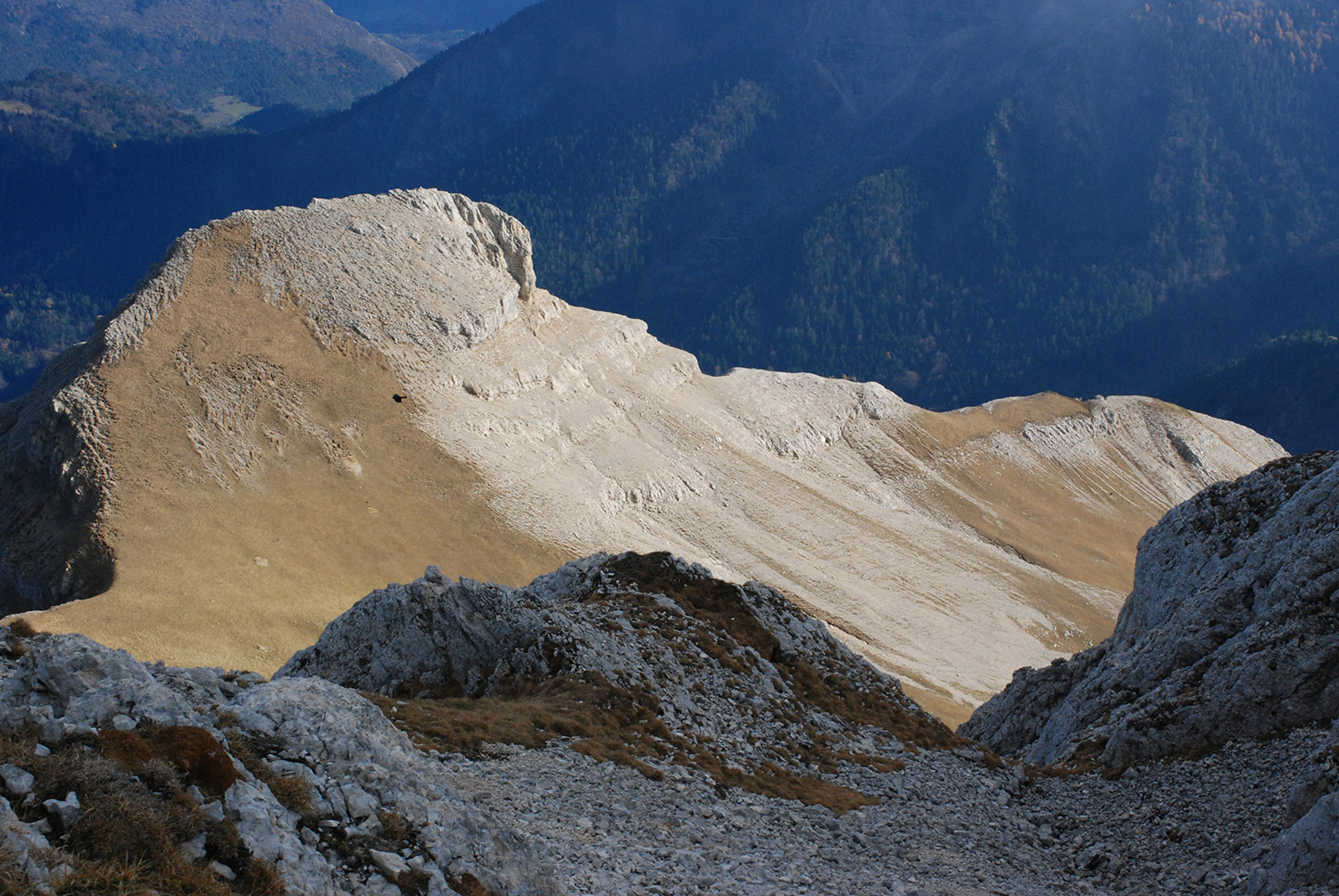
Pas du Bachasson, Vercors, 2011, by Pierre Canaguier. Courtesy of Le Reverbere
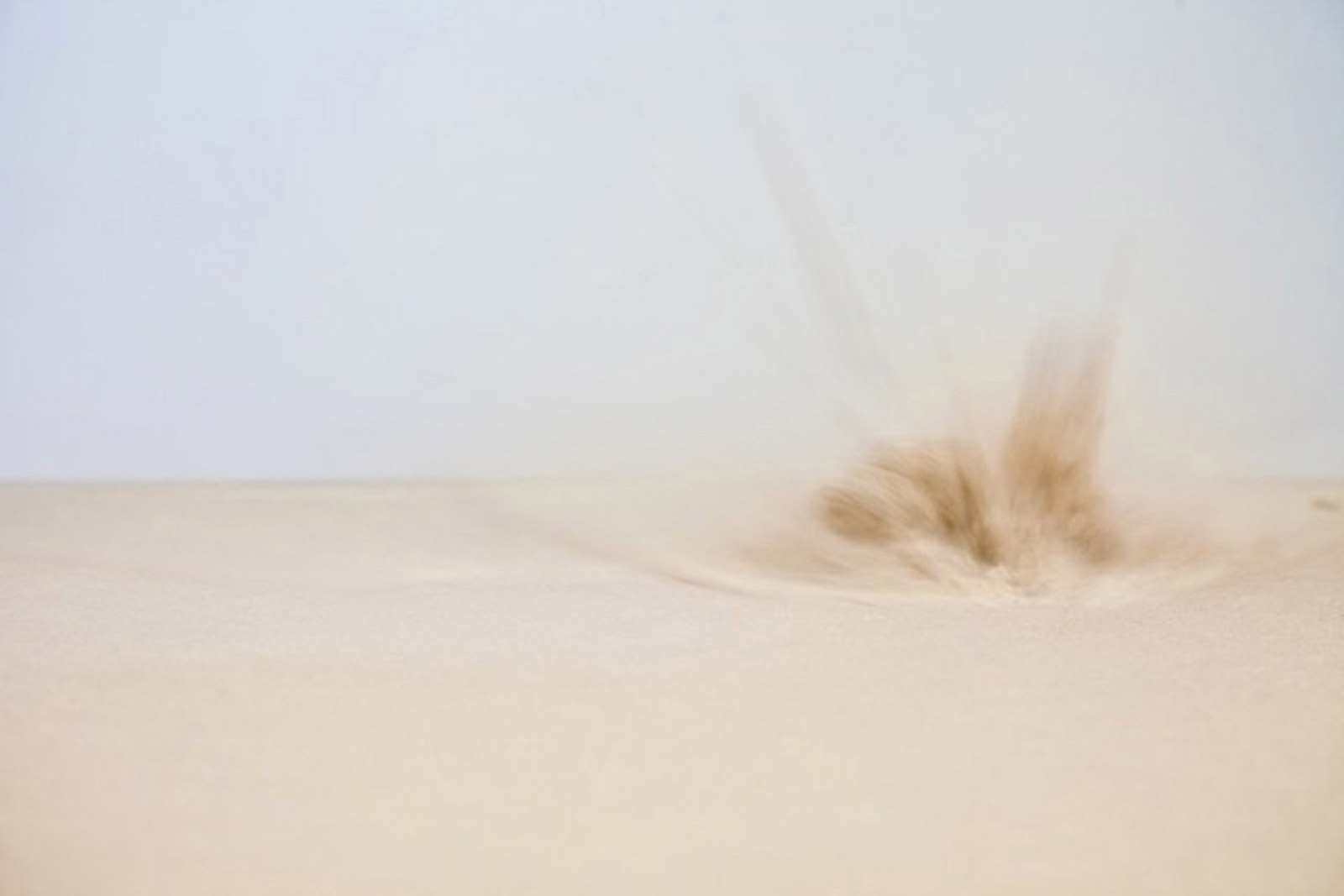
Poussières, 2011, by Stéphane Thidet. Courtesy of Galerie Aline Vidal
INFORMATION
Paris Photo 2019, 7 – 10 November. parisphoto.com
Receive our daily digest of inspiration, escapism and design stories from around the world direct to your inbox.
ADDRESS
Grand Palais
Avenue Winston Churchill
75008 Paris
Charlotte Jansen is a journalist and the author of two books on photography, Girl on Girl (2017) and Photography Now (2021). She is commissioning editor at Elephant magazine and has written on contemporary art and culture for The Guardian, the Financial Times, ELLE, the British Journal of Photography, Frieze and Artsy. Jansen is also presenter of Dior Talks podcast series, The Female Gaze.
-
 A compact Scottish home is a 'sunny place,' nestled into its thriving orchard setting
A compact Scottish home is a 'sunny place,' nestled into its thriving orchard settingGrianan (Gaelic for 'sunny place') is a single-storey Scottish home by Cameron Webster Architects set in rural Stirlingshire
-
 7 colours that will define 2026, from rich gold to glacier blue
7 colours that will define 2026, from rich gold to glacier blueThese moody hues, versatile neutrals and vivid shades will shape the new year, according to trend forecasters
-
 In Norway, discover 1000 years of Queer expression in Islamic Art
In Norway, discover 1000 years of Queer expression in Islamic Art'Deviant Ornaments' at the National Museum of Norway examines the far-reaching history of Queer art
-
 Inez & Vinoodh unveil romantic new photography series in Paris
Inez & Vinoodh unveil romantic new photography series in ParisA series of portraits of couple Charles Matadin and Natalie Brumley, created using an iPhone in Marfa, Texas, goes on show in Paris
-
 Inside Davé, Polaroids from a little-known Paris hotspot where the A-list played
Inside Davé, Polaroids from a little-known Paris hotspot where the A-list playedChinese restaurant Davé drew in A-list celebrities for three decades. What happened behind closed doors? A new book of Polaroids looks back
-
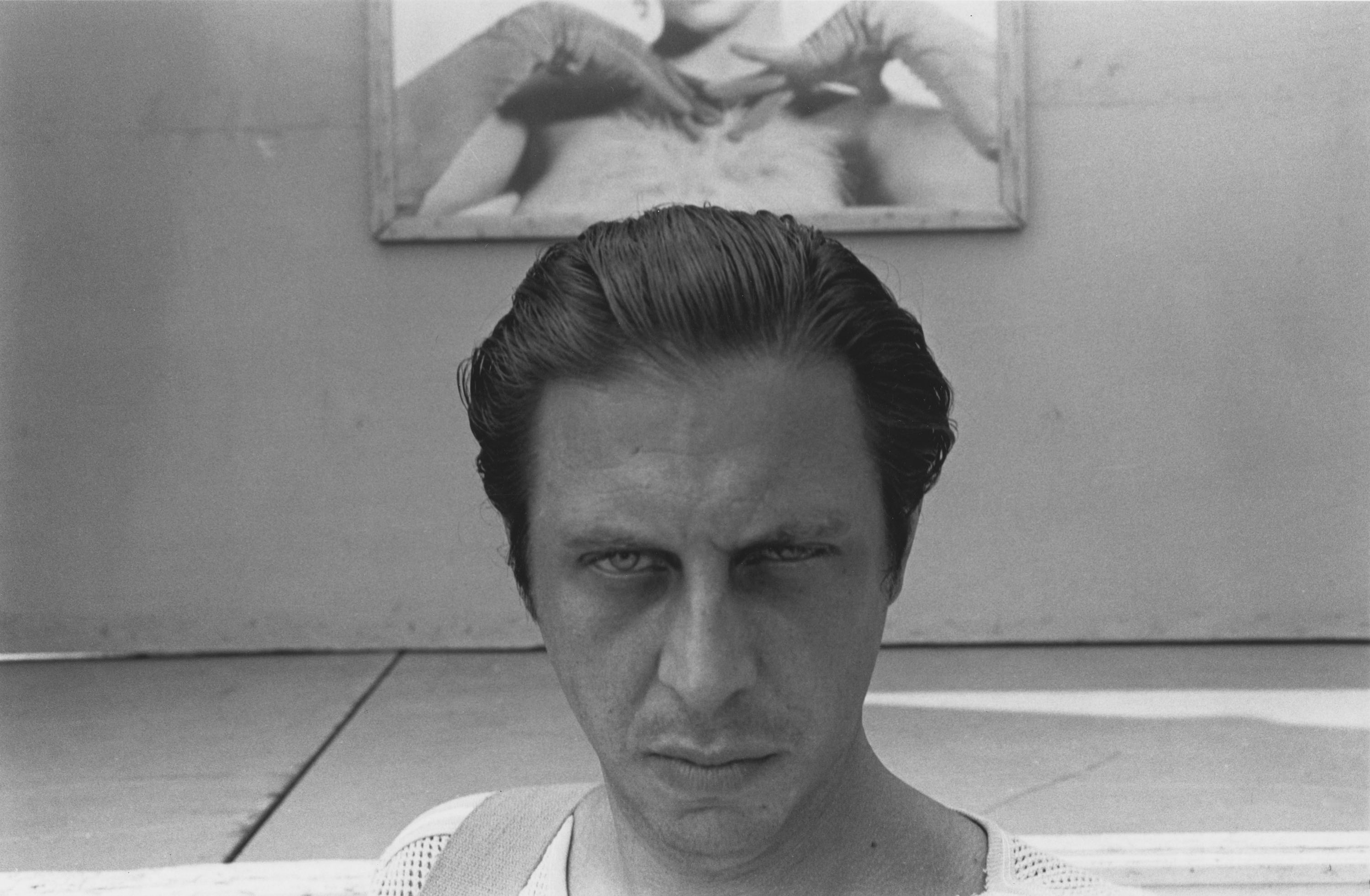 All eyes on Paris Photo 2025 – focus on our highlights
All eyes on Paris Photo 2025 – focus on our highlightsThe world's most important international photography fair brings together iconic and emerging names, galleries large and small – and there’s much to covet
-
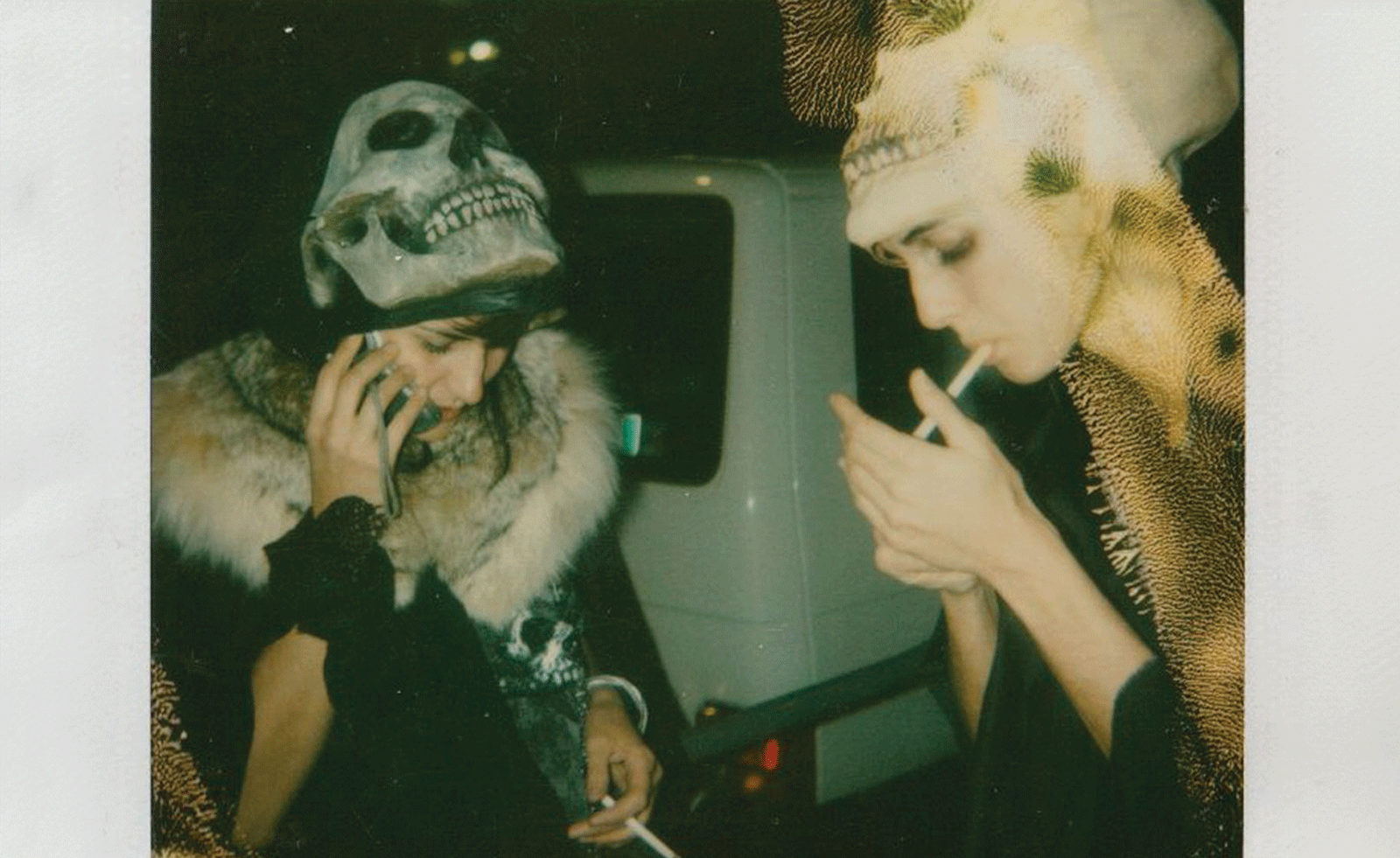 Ten things to see and do at Art Basel Paris 2025
Ten things to see and do at Art Basel Paris 2025Art Basel Paris takes over the city from 24-26 October. Here are the highlights, from Elmgreen & Dragset to Barbara Kruger and Dash Snow
-
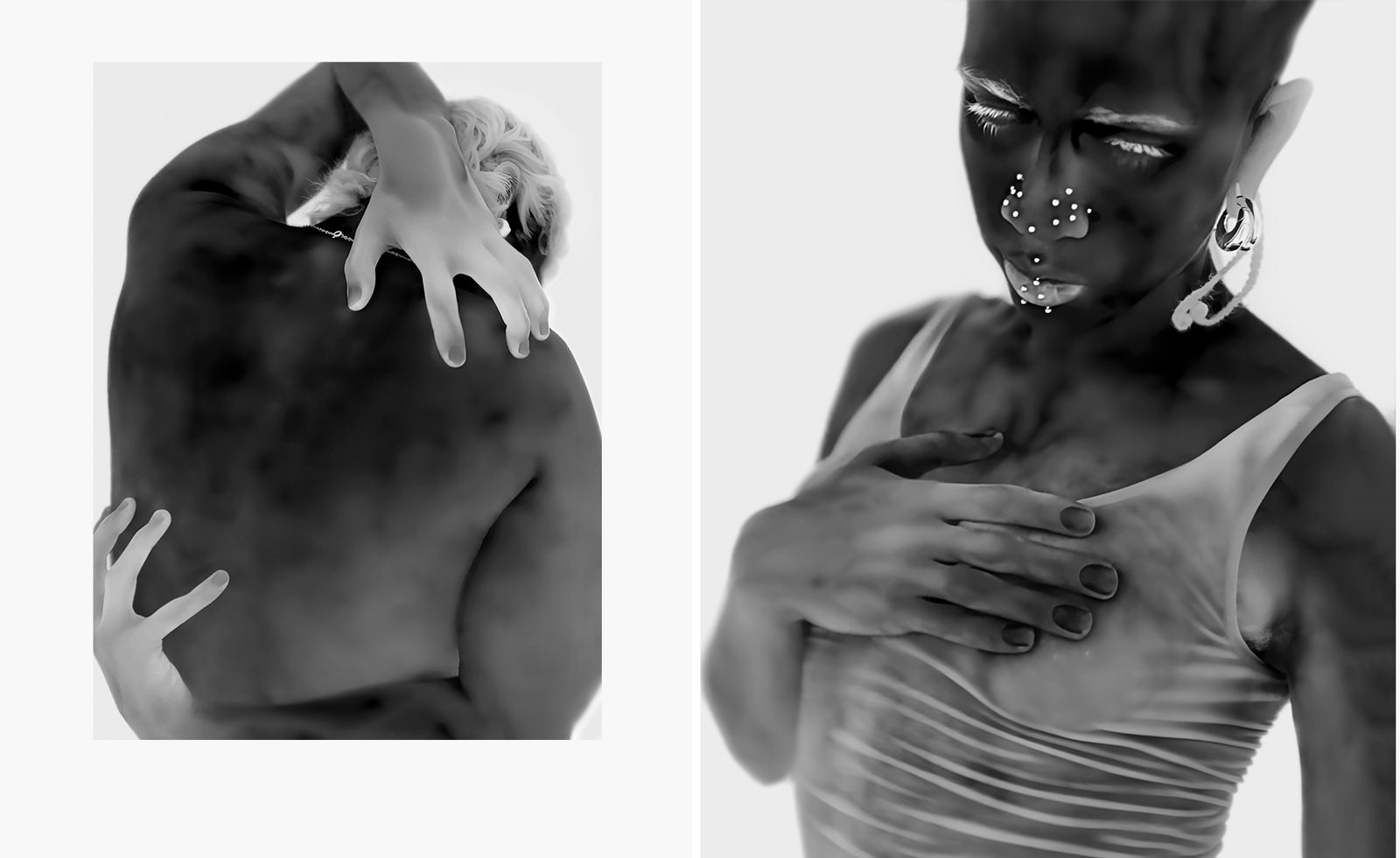 Yulia Mahr digs beneath the skin in her modern update of classic Greek statues in Paris
Yulia Mahr digs beneath the skin in her modern update of classic Greek statues in ParisIn 'The Church of Our Becoming', on view at the Courtyard at Dover Street Market Paris, Yulia Mahr celebrates real human bodies
-
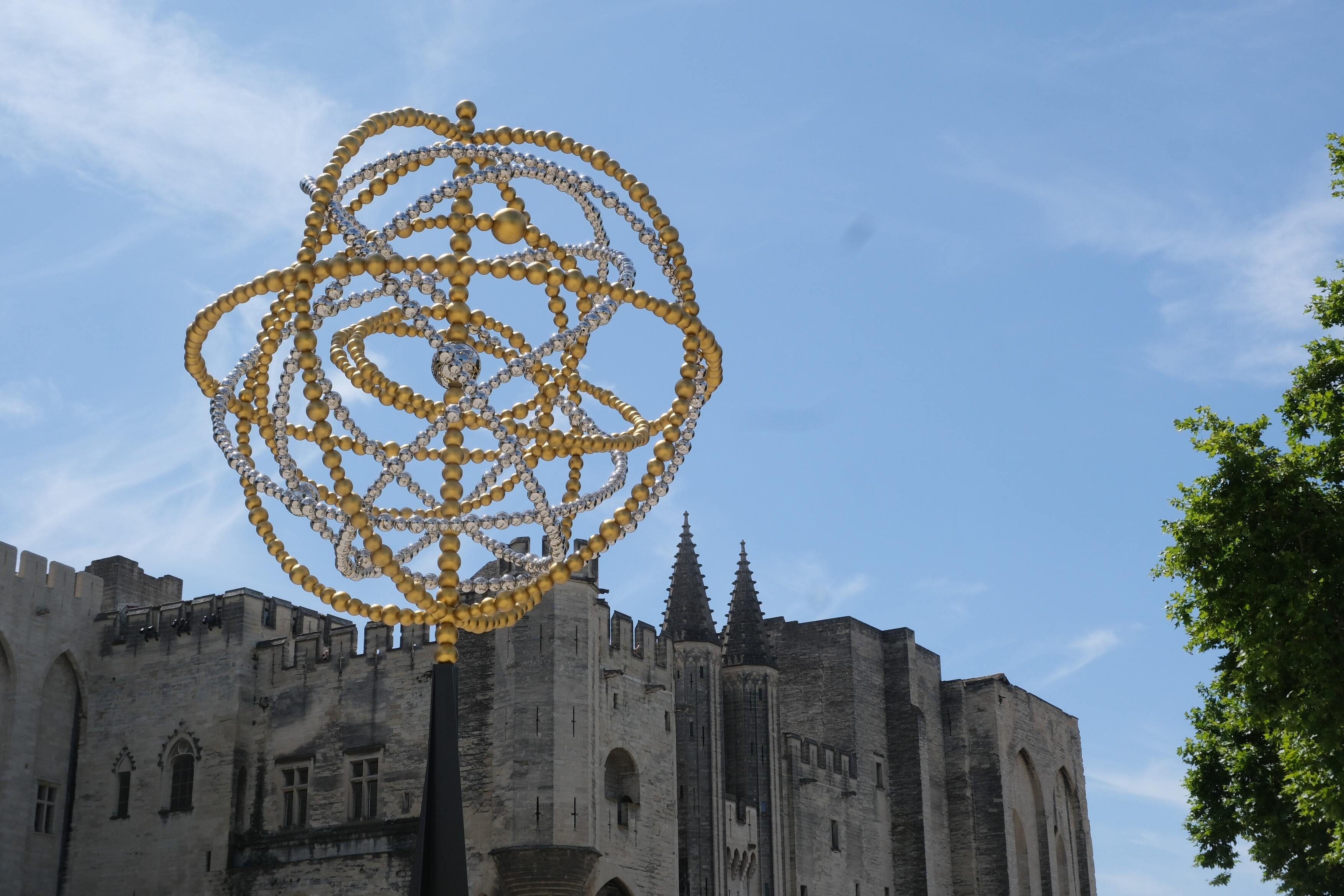 Jean-Michel Othoniel takes over Avignon for his biggest ever exhibition
Jean-Michel Othoniel takes over Avignon for his biggest ever exhibitionOriginally approached by Avignon to mark their 25th anniversary as the European Capital of Culture, Jean-Michel Othoniel more than rose to the challenge, installing 270 artworks around the city
-
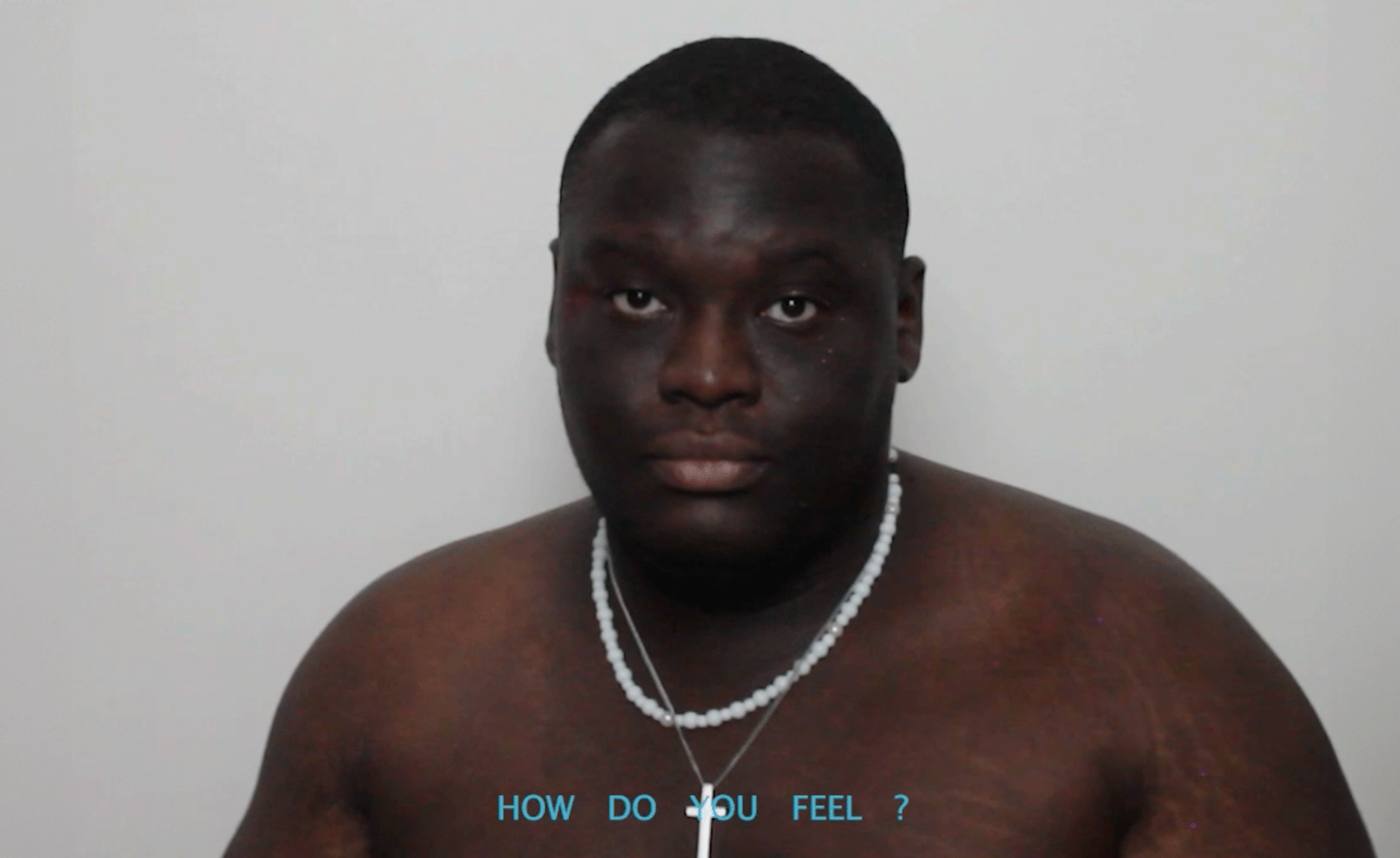 Joel Quayson’s winning work for Dior Beauty at Arles considers the theme ‘Face-to-Face’ – watch it here
Joel Quayson’s winning work for Dior Beauty at Arles considers the theme ‘Face-to-Face’ – watch it hereQuayson, who has won the 2025 Dior Photography and Visual Arts Award for Young Talents at Arles, imbues his winning work with a raw intimacy
-
 What to see at Rencontres d’Arles 2025, questioning power structures in the state and family
What to see at Rencontres d’Arles 2025, questioning power structures in the state and familySuppressed memories resurface in sharply considered photography at Rencontres d'Arles 2025. Here are some standout photographers to see